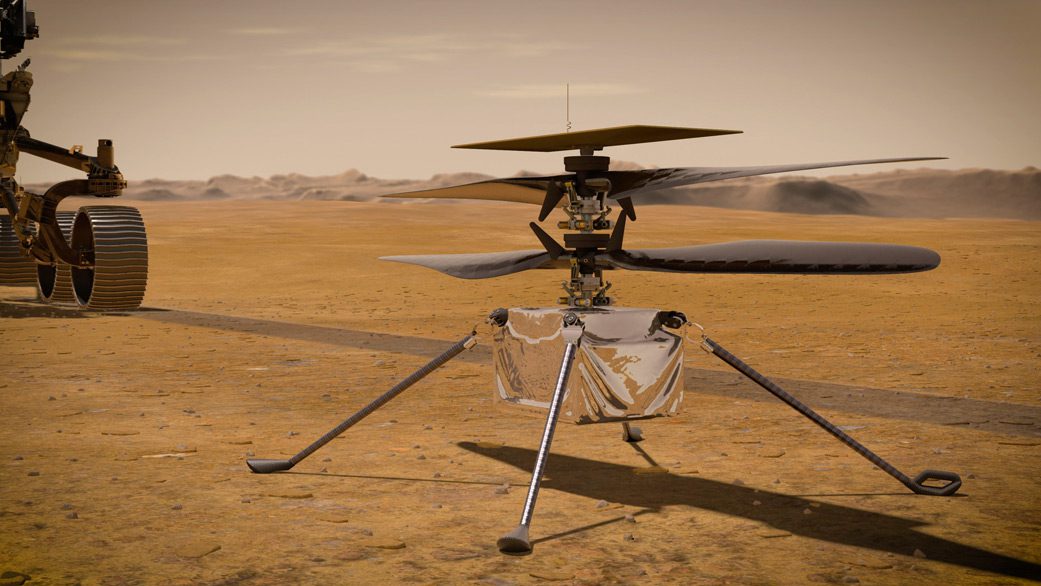Leaders
How NASA flew a helicopter on Mars

Leaders
AI transforms business operations and decision-making processes
AI revolutionises business operations, boosting efficiency, innovation, and decision-making while tackling complex challenges across various industries
Leaders
Cooling innovations crucial for efficient data centres
Data centres require advanced cooling solutions for efficient, sustainable operations amid rising demands from AI and high-performance computing
Leaders
Smart sustainable solutions for next-gen buildings
Smart tech helps mid-sized Australian buildings cut energy costs, meet compliance, and improve operations amid rising prices and sustainability targets
-



 News4 days ago
News4 days agoBitcoin tops $110K as South Korea reforms crypto rules
-



 News9 hours ago
News9 hours agoMarkets cautious as rate cut hopes fade
-



 News9 hours ago
News9 hours agoUS–China trade talks are a handshake, not a deal
-



 News3 days ago
News3 days agoOil prices drop amid OPEC+ output increase plans
-



 Shows4 days ago
Shows4 days agoImprovement districts transforming cities: lessons from London
-



 Ticker Views4 days ago
Ticker Views4 days agoWere you on Facebook 10 years ago? You may be able to claim part of this $50 million payout
-



 News4 days ago
News4 days agoRussia test-launches nuclear-powered Burevestnik cruise missile
-



 News2 days ago
News2 days agoMeta and Amazon signal ‘AI efficiency era’







